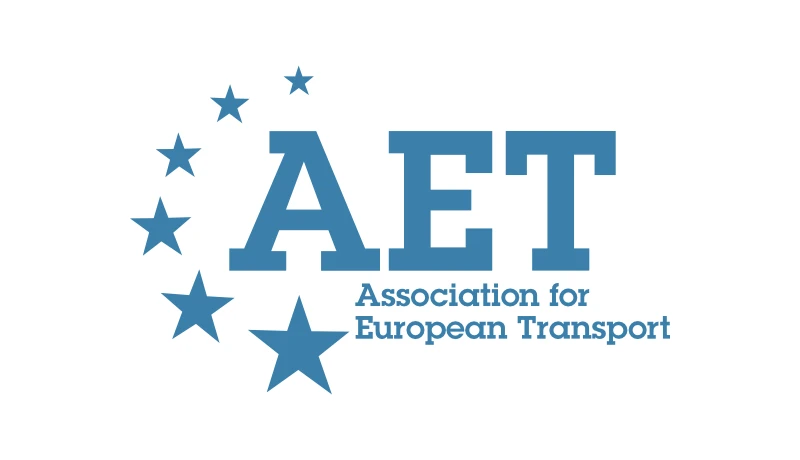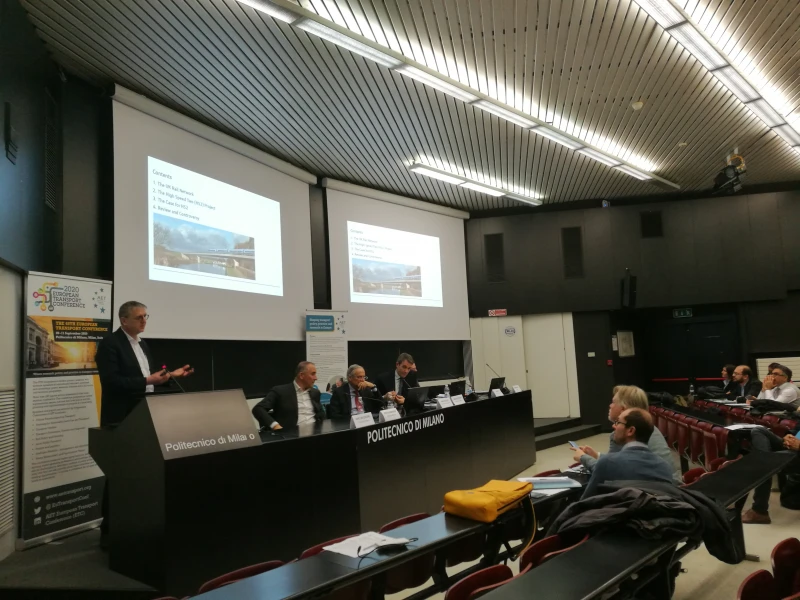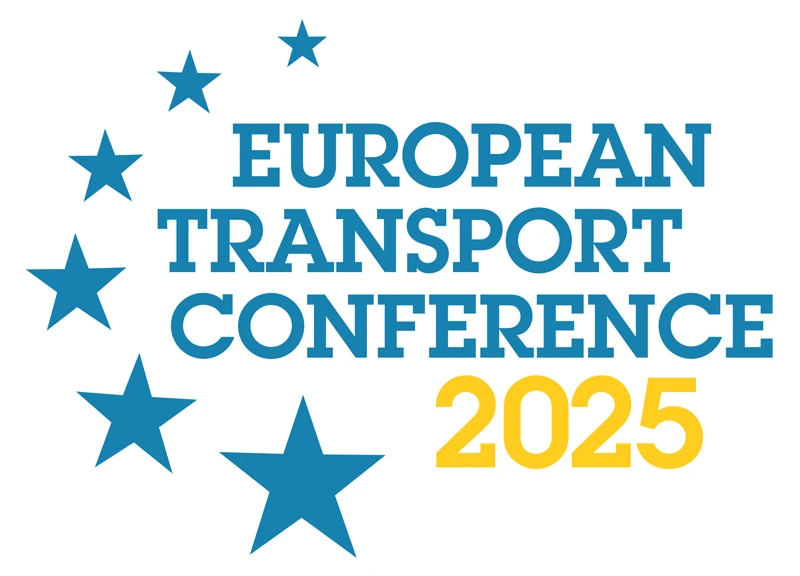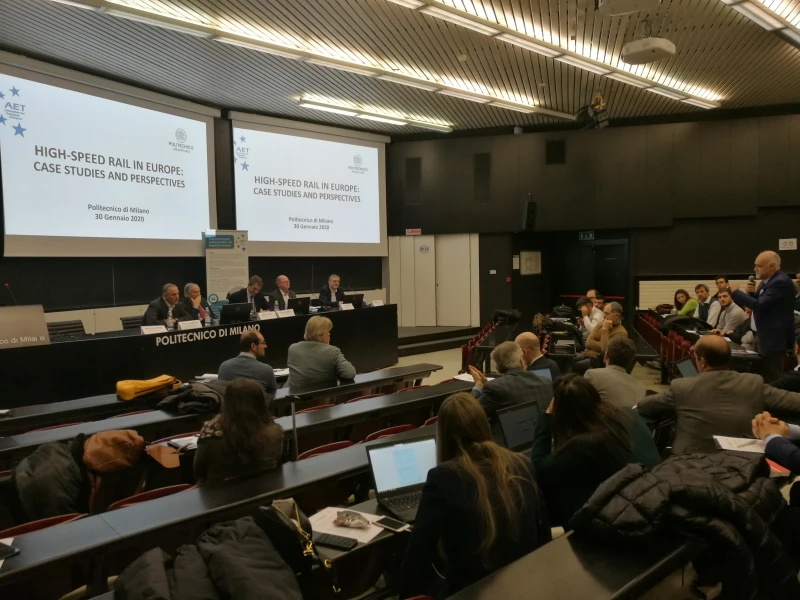-
Past ETC Papers
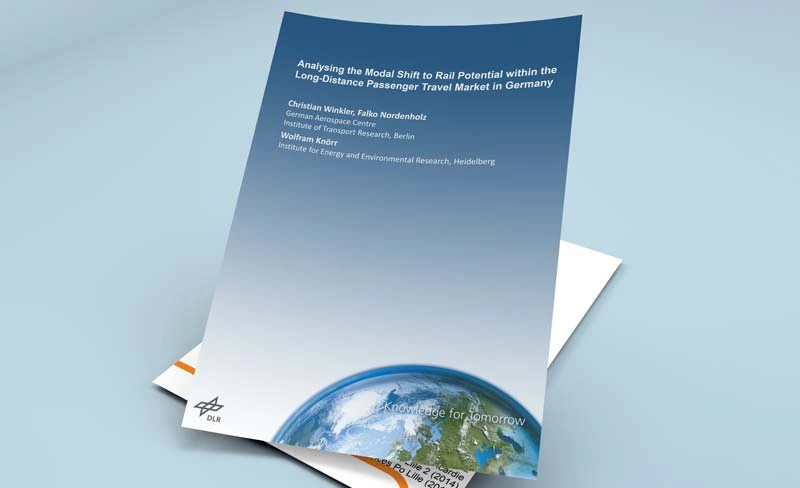
Browse, search and view papers from the past AET Conferences.
-
Members' Area
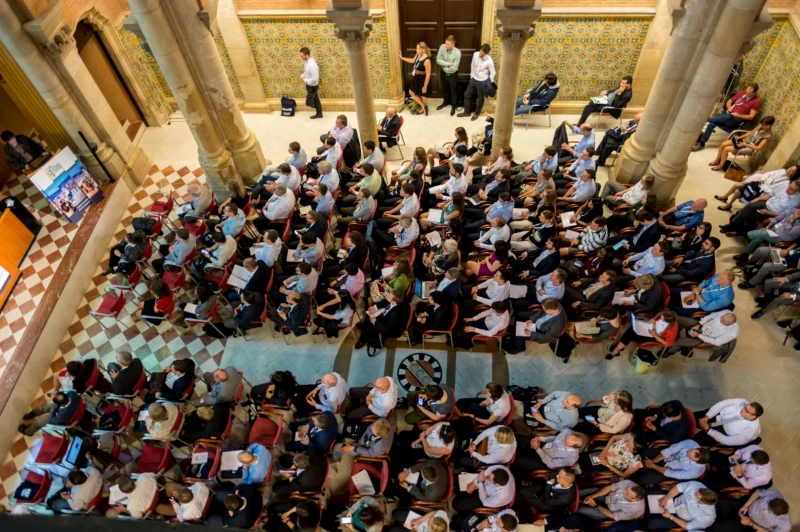
AET promotes networking and exchange of ideas, information and opportunities amongst members.
Conference Papers 2014
Frankfurt, Germany
ETC Conference Papers 2014
Aerial Ropeway Systems and Cities – Challenges, Solutions and Benefits
Seminar
Day 2 (30 Sep 2014), Session 4, Cable Cars, 19:00 - 22:00
Status
Accepted, documents submitted
Submitted by / Abstract owner
Katharina Bernard
Authors
Katharina Bernard, DOPPELMAYR / GARAVENTA GROUP, Wolfram Auer, DOPPELMAYR / GARAVENTA GROUP
Short abstract
From crossing rivers, climbing mountains, bypassing and reducing traffic congestion, urban ropeways are committed to helping cities resolve their mobility needs, as a cost-effective, quickly-implemented, low-footprint and safe mode of transportation
Abstract
According to the UN-HABITAT, approximately 50% of the world’s population lives in cities, and this figure will increase to 70% in less than a generation.
As a result of growing commuting distances and urban sprawl, metropolitan areas are becoming ever more complex -- and existing transport infrastructures are increasingly pushing capacity limits.
For this reason, it is essential to find new solutions to current and future transport problems. Aerial ropeways can be part of the solution by providing an innovative and attractive approach to public transport.
What is Cable Transit?
Cable transit is a transportation technology that moves people in non-motorized vehicles (cabins) propelled by a cable.
Cable transit is a basic technology that over the last hundred years has experienced dramatic upgrades, formalization, and innovation, to the point where cable transport technologies are high tech and widespread.
In the last decade, several cities around the world have discovered the benefits of cable transit. Dozens of systems have already been built. And many more cities are contemplating, proposing, and studying the benefits of using ropeways as a part of their public transit systems.
Ecological Footprint:
A ropeway is based on the principle of continuous movement. As such, it is a closed system which does not require energy to move its dead weight. Ropeways only require energy to overcome mechanical friction and to move uneven payloads on the uphill/downhill sides. This means there are no losses of braking energy from carriers travelling downhill as found, for example, in the case of buses.
Furthermore, ropeways/Cable Liners do not produce local emissions of pollutants during operation!
Operational efficiency:
The ropeway is a means of public transport which can be optimally linked to existing transport systems. Particularly in cases where there are barriers to overcome (such as traffic jams, buildings, waterways, roads or railway lines), ropeways can cost many times less than ground-based transport systems requiring expensive bridges or tunnels to circumvent obstacles. However, it is not only investment costs where ropeways score, but also in terms of energy consumption and personnel costs.
With very limited staffing exclusively in the stations, ropeways can carry up to 10,000 passengers an hour – the equivalent of 100 buses.
Safety:
Aerial ropeways are one of the world’s safest forms of transportation.
Research from the Swiss government demonstrates that gondolas and cable cars are safer than all other forms of mass public transit and private automobiles.
Modern cable systems by Doppelmayr are now built with multiple redundancies and additional back-up systems allowing all evacuations to occur within a station.
The presentation/paper is designed to educate, inform, and inspire about the capabilities and possibilities of cable transit in the urban environment. Primarily it is designed to demonstrate the possibilities of such projects to contribute to more resilient, socially inclusive and secured city while giving concrete example such as Caracas Venezuela, La Paz Bolivia, Coblenz Germany or Constantine in Algeria.
Documents:

Association For
European Transport
Forester House
Doctors Lane
Henley-in-Arden
Warwickshire, UK
B95 5AW
+44 (0) 15 64 793552
VAT number: 710 1866 64
Conference Supporters & Endorsers




Legal Entity
The Association for European Transport is registered as an Association ('vereniging') with the Chamber of Commerce for Haaglanden in The Netherlands under company number 27170096.
Built on Zenario

